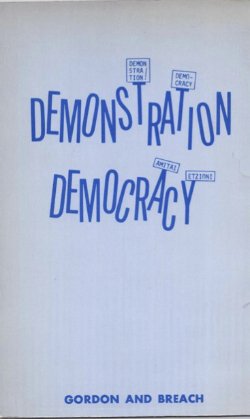By Suvi Keskinen
This book provides an original approach to the connections of race, racism and neoliberalisation through a focus on ‘postethnic activism,’ in which mobilisation is based on racialisation as non-white or ‘other’ instead of ethnic group membership. Developing the theoretical understanding of political activism under the neoliberal turn in racial capitalism and the increasingly hostile political environment towards migrants and racialised minorities, the book investigates the conditions, forms and visions of postethnic activism in three Nordic countries (Denmark, Sweden and Finland). It connects the historical legacies of European colonialism to the current configurations of racial politics and global capitalism. The book compellingly argues that contrary to the tendencies of neoliberal postracialism to de-politicise social inequalities the activists are re-politicising questions of race, class and gender in new ways. The book is of interest to scholars and students in sociology, ethnic and racial studies, cultural studies, feminist studies and urban studies.
London; New York: Routledge, 2022. 164p.





















